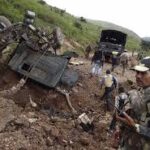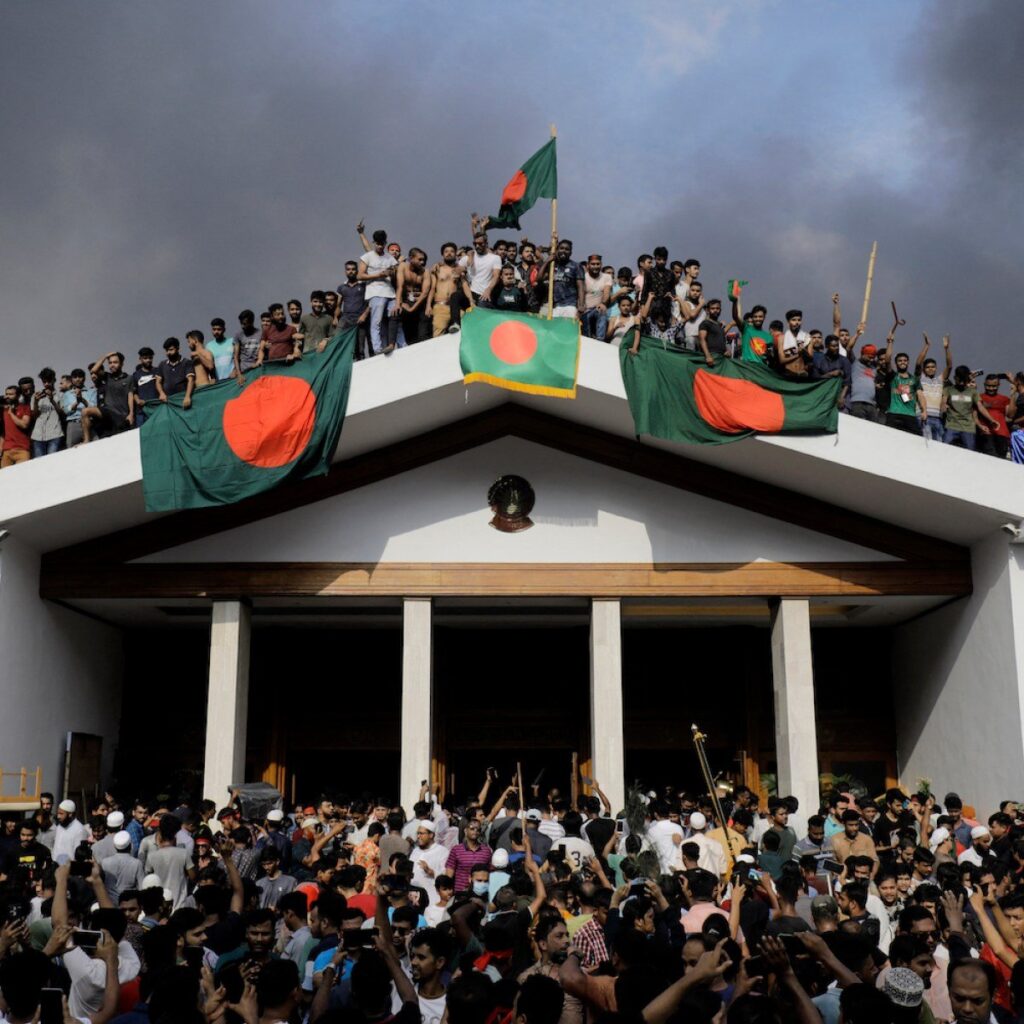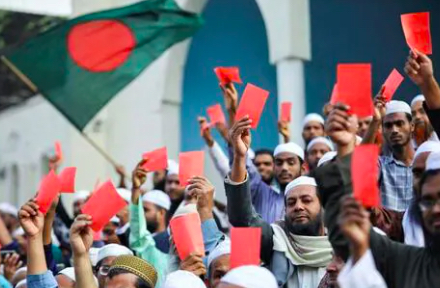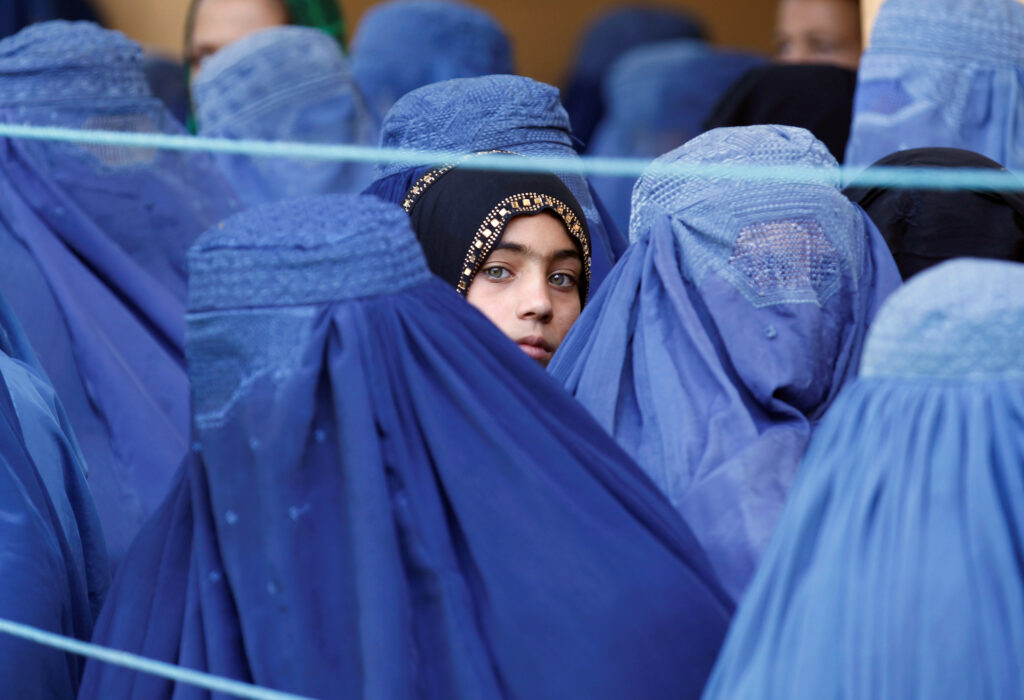MANTRAYA POLICY BRIEF#06: 19 MAY 2015
M A ATHUL
Abstract
IEDs have become the weapons of choice for militant groups and non state actors in asymmetric warfare of the 21st century. While these affordable, yet potent weapons have sustained the militant groups’ ability to stay in the fight, the state actors are yet to find an appropriate counter to these weapons.
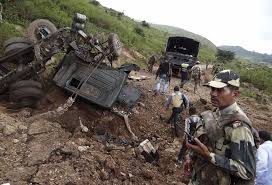
George Orwell wrote in an October 1945 essay, “You and the Atomic Bomb”, published two months after atomic bombs were dropped on Japan, “A complex weapon makes the strong stronger, while a simple weapon—so long as there is no answer to it — gives claws to the weak.” The Improvised Explosive Devices (IEDs), known for many years in its non explosive form as ‘booby traps’, have been used in conventional wars for many years. Ships rigged with explosives were used to ram enemy ships as far back as the 1500s and rigged bombs and mines were used during the American Civil War. During World War II, German army used booby traps while retreating from the battlefield to delay the pursuing Allied forces. During early part of Allied occupation former SS (Schutzstaffel) used booby traps to inflict casualties on the Allied forces. During the Vietnam War, IEDs engineered from Un-exploded Ordinance (UXO) from air raids were responsible for estimated 11 percent of deaths and 15 percent of injuries among the American forces.
According to Thomas Hammes, author of The Sling and the Stone, IED allows insurgent to “stay in the fight until the coalition gives up and goes home”. In other words, IED is an enabler to outlast the enemy. It was the Irish Republican Army (IRA), which pioneered use of IED as the weapon for guerrillas, using infrared beam to trigger an IED, a practice which gained currency among the terrorists in Iraq, who perfected the art of using mobile phones as modes of initiation. The IRA’s methods found following among organizations such as the Palestine Liberation Organisation (PLO) and from the PLO, the techniques were passed on to the present day Islamist militants.
Iraq and Afghanistan today constitute the most active IED zones. In Afghanistan, 37000 incidents of IED explosions between 2001-13 have resulted in 1100 American deaths. The first IED related death in Afghanistan was that of Sgt. Jay A. Blessing who was killed on 14 November 2003, in eastern Afghanistan while conducting a combat patrol. According to Jonathan M. George of HMS Inc, a private company which studies IEDs and prescribed counter-measures, the count of improvised bombs in Afghanistan had grown from 515 in 2006 to 705 in 2007, 828 in 2008 and 955 in 2009. During the 2008-10 period, the number of IED fatalities increased from 152 in 2008 to 275 in 2009 and to 368 in 2010. In 2008, the IED related deaths accounted for 57.79 percent of total fatalities. It grew to 60.98 percent in 2009, before falling marginally in 2010 to 58.41 percent. Until May 2013. almost 80 percent of IEDs deployed in Afghanistan were Home made Explosives or HMEs and of those about 47 percent were made with ammonium nitrate. In Iraq, starting with the first recorded coalition casualty of Jeremiah Smith who died in an explosion under his vehicle on 26 May 2003, six weeks after the conventional phase of Operation Iraqi Freedom ended, a total of about 2545 American fatalities have been caused by IEDs, in the nine years between 2003 and 2011.
In India, IEDs have been used by various insurgent groups in the northeastern states and the left-wing extremism affected states. On 13 May 2015, for instance, the Khaplang faction of National Socialist Council of Nagaland (NSCN-K) exploded four IEDs at Changlang in Arunachal Pradesh. On 3 May, the same group had killed eight security force personnel, five of whom were killed in the IED blast under their truck. Between 2014 and 17 May 2015, at least 63 IED related incidents in the northeast have resulted in the killing of 22 people. Manipur, with 28 such incidents, is the worst affected. Insurgent groups have passed on the making of assembling IEDs to one another. A cadre of the Independent faction of United Liberation Front of Assam (ULFA-I) Babul Rabha was arrested from West Garo Hills in Meghalaya on 19 August 2014. Rabha was involved in training the Meghalaya based militant group, Garo National Liberation Army (GNLA) in making IEDs. Assam Police sources claimed that Rabha himself had undergone an IED assembling training course under the Inter Services Intelligence (ISI) of Pakistan in Bangladesh.
Although there is nothing new about use of IEDs, what has changed over the years is the symbolic effect of an IED blast and the strategic impact of its possession by a non-state group on its state adversary. According to IED defeat manual of the United States Army, ”Results (of an IED explosion) can have operational or strategic impacts, not solely because of the military value of the target, but also the psychological impact on units, the local population, the world community, and political leaders.” There has been a concentrated effort by countries such as the US to counter the threat from IEDs. The organization which has been at the forefront of countering the IED threat is the Joint IED Defeat Organization (JIEDDO). JIEDO has an annual budget of about US$3 billion.
JIEDDO has a three pronged strategy to neutralize the threat of IEDs. These include: (i) Attacking the network of bomb makers, trainers, financiers and their infrastructure by providing intelligence surveillance, reconnaissance, information operations, counter-bomber targeting, biometrics and weapons technical intelligence capabilities; (ii) Defeat the Device by focusing on defensive technologies to detect IEDs and neutralize them before they can be detonated or mitigate the effects of detonation; and (iii) Training the force developing capabilities that enable the services’ and combatant commanders’ mission of preparing forces to defeat the threat of IEDs.
Although JIEDDO has been successful in developing multiple counter IED techniques, it is a strategy rooted in a reactionary paradigm. The insurgent still dictates the tempo. In India, lack of resources, poor leadership, and lack of training continue to make IEDs weapons of choice for the Maoists and the northeastern insurgents. As the conflicts linger and battlefields become more fluid, IEDs will continue to pose the ultimate challenge to the forces operating in the affected areas.
(M A Athul is a Researcher at the Institute for Conflict Management, New Delhi.)

